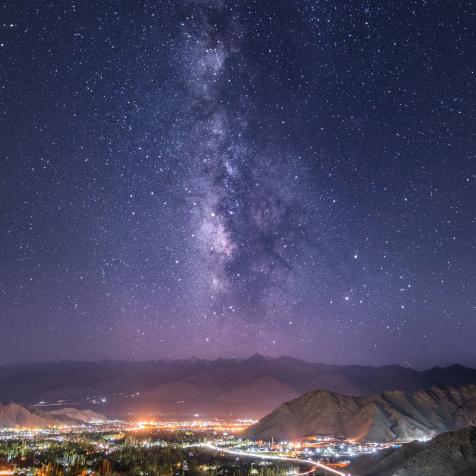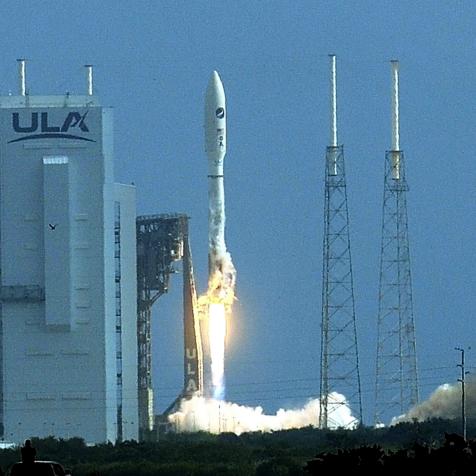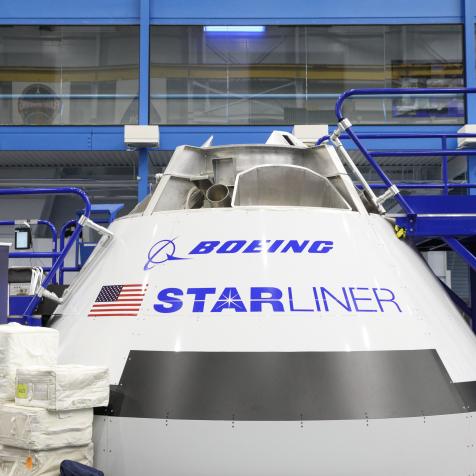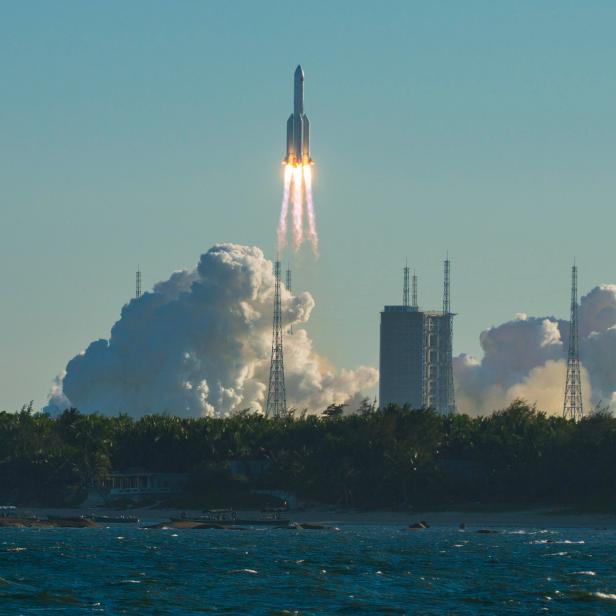
China News Service
Large Rocket Debris Impacts Earth Off African Coast

The fourth largest piece of space debris ever re-entered the earth's atmosphere yesterday and made a splash just off the coast of Africa. Narrowly missing some major landmarks in its path, this piece of a rocket could have caused some major damage.
It may take you by surprise to learn most of the stuff that we send up into space doesn’t, in fact, make it up into space.
When you look at a big tall rocket, almost all of it is designed to accelerate a payload to tens of thousands of miles per hour – the speed needed to achieve orbit around the Earth. And that payload is mere peanuts compared to the total mass of the rocket itself.
When you look at a big tall rocket, look at the very tip. That’s the part that eventually makes it into space.
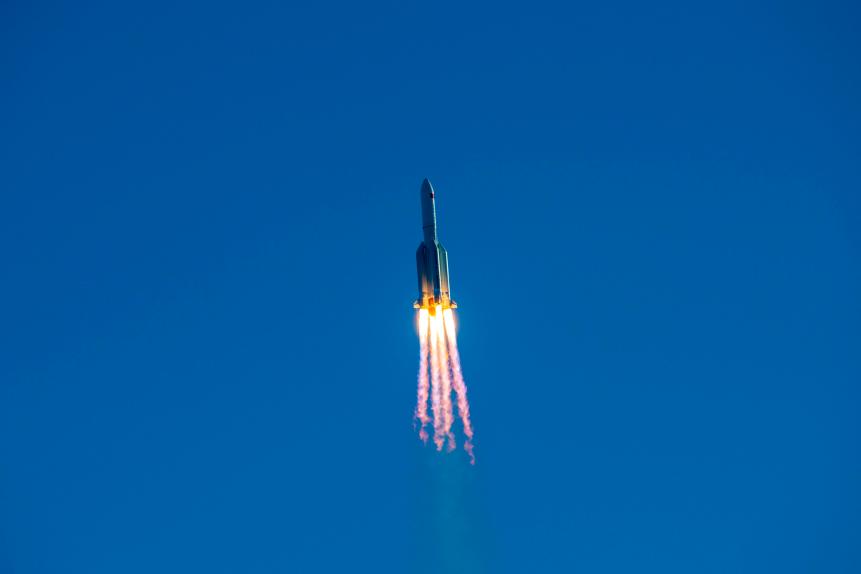
China News Service
WENCHANG, CHINA - MAY 05: China's new large carrier rocket Long March-5B carrying the trial version of China's new-generation manned spaceship and a cargo return capsule blasts off from the Wenchang Space Launch Center on May 5, 2020 in Wenchang, Hainan Province of China.
As for the rest? We usually just ditch it in the ocean.
Modern rockets consist of multiple stages. The biggest rocket on the bottom gets it up off the ground and into the atmosphere. Then, when that section runs out of fuel and is just a useless deadweight, it detaches, allowing a second rocket to take over the heavy lifting. Sometimes even a third stage is used to get especially hefty payloads into orbit.
Launches are carefully designed and planned so that the first stage, after successfully doing what it was made to do, follows a gentle curving path through the atmosphere to an empty patch of ocean. It may be an annoyance to various sea creatures (and if we start doing it too often we may have to discuss the pollution impact), but otherwise it’s harmless.
Until it isn’t.
The Chinese space agency hoisted a piece of their new space station back on May 5th using their new, powerful, and suitably awesome Long March 5B rocket. One notable feature of this rocket is the absence of a second stage: it’s all first stage, all the way. And this first stage is powerful enough to get itself to the edge of space before letting go of its cargo. Which it did, temporarily.
The rocket spent about 6 days in Earth orbit. It wasn’t high enough to last much longer – the effects of atmospheric drag eventually pulled it back to our Earthly embrace.
And because the effects of atmospheric drag are, well, slightly difficult to compute, we had no idea where it was going to land. Or, more appropriately, crash.
Smaller bits of space junk would’ve just incinerated in our atmosphere, but the Long March 5B is big – 21 metric tons.
Thankfully, it ended up just splashing down in the Eastern Atlantic (once again, poor sea creatures), but reports from Côte d’Ivoire indicate that some bits and pieces may have made landfall. And did I mention that if it had fallen into our atmosphere just 15 minutes earlier, it would’ve struck the NYC metro area?
De-Orbit?
Most of the time, uncontrolled de-orbits (as these events are called) are at least somewhat controlled. Engineers use every trick in the book to ensure maximum safety, taking into account as much physics as possible to attempt to crash the debris somewhere benign, as in the case of the Mir Space Station’s descent in 1986 and the Space Shuttle external fuel tanks in the 1980’s and 90’s.
Did the Chinese space agency have a de-orbit plan that went wrong? Or perfectly right? Or somewhere in between? The outside world doesn’t know, and so far, the only thing we can do is keep looking up.











